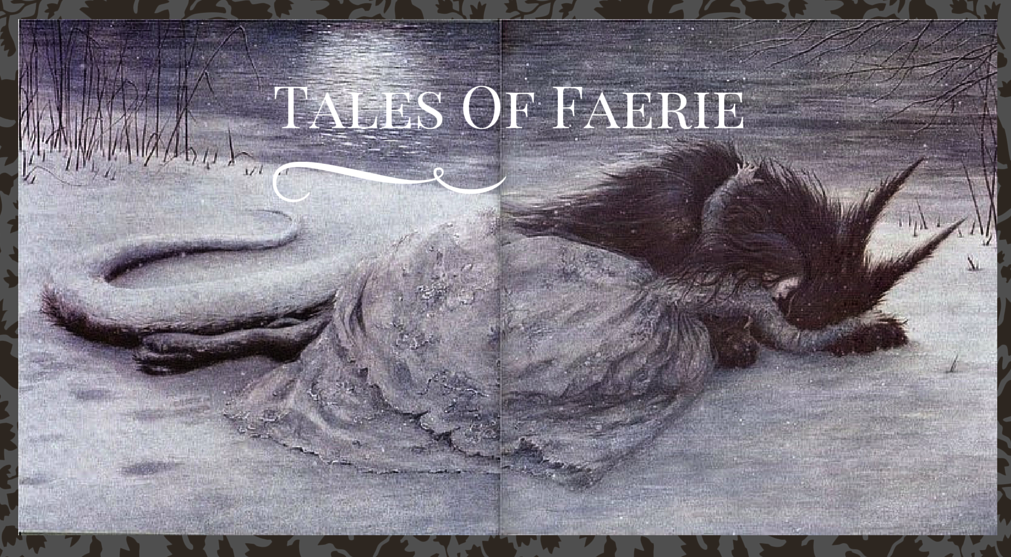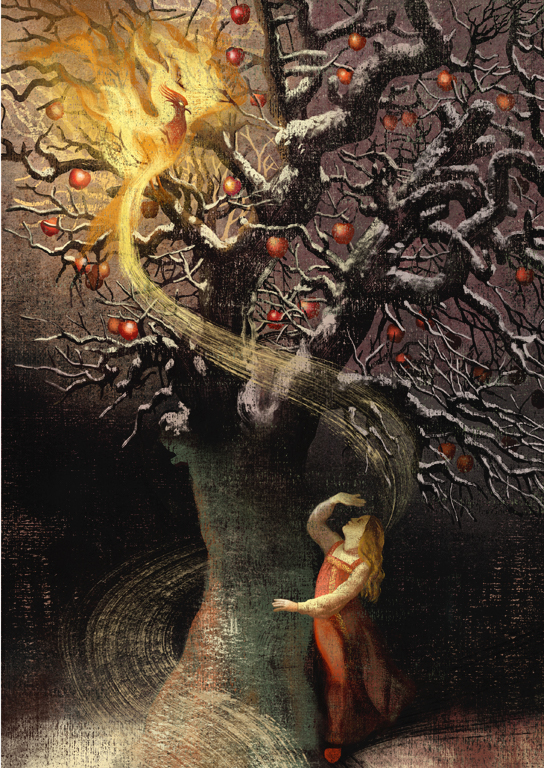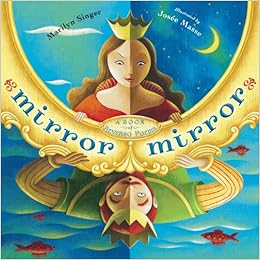Thanks for those of you who suggested your favorite fairy tale books! (If you didn't get a chance to, add yours to the comments!) I'm excited to have your most recommended fairy tale readings and hope it's helpful for you as well!
From Sue Bursztynksi:
Kate Forsyth's
Bitter Greens (Rapunzel),
The Wild Girl (Dortchen Wild and the Grimms) and
The Beast's Garden (The Singing Springing Lark/Beauty and the Beast in Nazi Germany)
Sophie Masson's YA novels,
Moonlight And Ashes (Cinderella) and
Hunter's Moon (Snow White, set in the nineteenth century, in a fictional country, and the "Kingdom" is a department store chain with its own fashion label, the Mirror is a newspaper which writes articles saying that the stepdaughter is the new "Fairest") .
If I may declare my interest here, there's a small press anthology in which I have a story,
Mythic Resonance. It's only available in ebook now, but you can get it. It has various stories based on mythological or fairy tale themes. (Mine is Snow White, with Tolkienesque-type dwarves who are more likely to get out their axes and defend her than sniffle over a glass coffin!)
Also, anything published by
Christmas Press, an Australian small press run by Sophie Masson and some artist friends. They publish picture storybooks for children, each with two folktales or myths from a different country, retold by a well known children's writer, and beautifully illustrated. Actually, mouth-wateringly illustrated! They're available on line.
From Adam Hoffman (
Fairy Tale Fandom):
I love
The Lunar Chronicles (Cinder, Scarlet, Cress, Winter) which is a series that does a sci-fi take on four different fairy tales (Cinderella, Little Red Riding Hood, Rapunzel, Snow White) as an interconnected story.
I also love
A Kiss in Time by Alex Flinn which is "Sleeping Beauty" recast as a teen rom-com in which the princess is awakened three hundred years later by an American teenager who ditched his tour group.
I also like
An Earthly Knight by Janet McNaughton which is a teen fantasy retelling of "The Ballad of Tam Lin".
I also really like a kids' book series (which I have still yet to finish reading) called
The Sisters Grimm by Michael Buckley, which is a modern-day fairy tale mash-up in the same mold as Once Upon a Time or Fables but which I just think has a lot more fun with the premise.
As for me (Kristin), I feel like I can't neglect to mention my all time favorite fairy tale book, Robin McKinley's
Beauty, although I feel like I mention it all the time!
In terms of exposing me to darker versions of fairy tales (back before that became the super trendy thing to do,) both Tanith Lee's
Red as Blood and the
series edited by Ellen Datlow and Terri Windling were really influential for me
Mercedes Lackey's
Black Swan-a retelling of Swan Lake from the perspective of Odile, the magician's daughter (NOT related to the Natalie Portman movie)
Marilyn Singer's
Mirror Mirror-In a completely different vein, a children's book-I've also mentioned this several times, but the concept of poetry that can be reversed still fascinates me, and each poem is amazingly able to show two different perspectives of a fairy tale. There's also a sequel,
Follow Follow, which I don't own
Other readers, what else would you highly recommend?


















